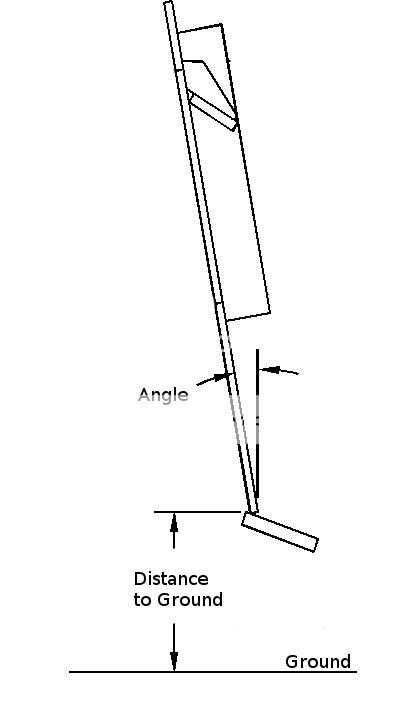vinito
Well-known member
- Joined
- Nov 19, 2015
- Messages
- 199
I am converting my machine to have a standard quick attach (partly because the existing mount needs a lot of work to bring it back to good).
I'm replacing what's on the machine with a new latch box, then I'll be adding the plates to my existing and future attachments. But of course the angle of my existing mount is much different than what I see on modern skidsteers. I would like to bring this into modern times and I can set this up with whatever geometry I want. And it seems best to build this to match what today's machines have, right? But I cannot find any specifications for the angle on the back of a modern bucket, or otherwise simply what the angle the faces of the plate and latch box are when it is in its neutral or "rest" position, i.e. bucket level on the ground and no back or down tilt.
Anybody have a good number on this? really even a good ballpark number would probably do. The best I could find is one company suggests 10 degrees as an average for their compiled list, but I don't know if I trust that number or not. Also, wouldn't hurt to match what is standard clearance to the ground while I'm at it, if I can.
So can anybody suggest proper dimensions for the angle and distance to ground?
Thanks.

Note that this drawing assumes the "rest" position with bucket flat and level to the ground, not tilted forward. Probably obvious but...
And this is just what I'm guessing too. Maybe it's supposed to be perpendicular to the ground for all I know.
I'm replacing what's on the machine with a new latch box, then I'll be adding the plates to my existing and future attachments. But of course the angle of my existing mount is much different than what I see on modern skidsteers. I would like to bring this into modern times and I can set this up with whatever geometry I want. And it seems best to build this to match what today's machines have, right? But I cannot find any specifications for the angle on the back of a modern bucket, or otherwise simply what the angle the faces of the plate and latch box are when it is in its neutral or "rest" position, i.e. bucket level on the ground and no back or down tilt.
Anybody have a good number on this? really even a good ballpark number would probably do. The best I could find is one company suggests 10 degrees as an average for their compiled list, but I don't know if I trust that number or not. Also, wouldn't hurt to match what is standard clearance to the ground while I'm at it, if I can.
So can anybody suggest proper dimensions for the angle and distance to ground?
Thanks.

Note that this drawing assumes the "rest" position with bucket flat and level to the ground, not tilted forward. Probably obvious but...
And this is just what I'm guessing too. Maybe it's supposed to be perpendicular to the ground for all I know.
